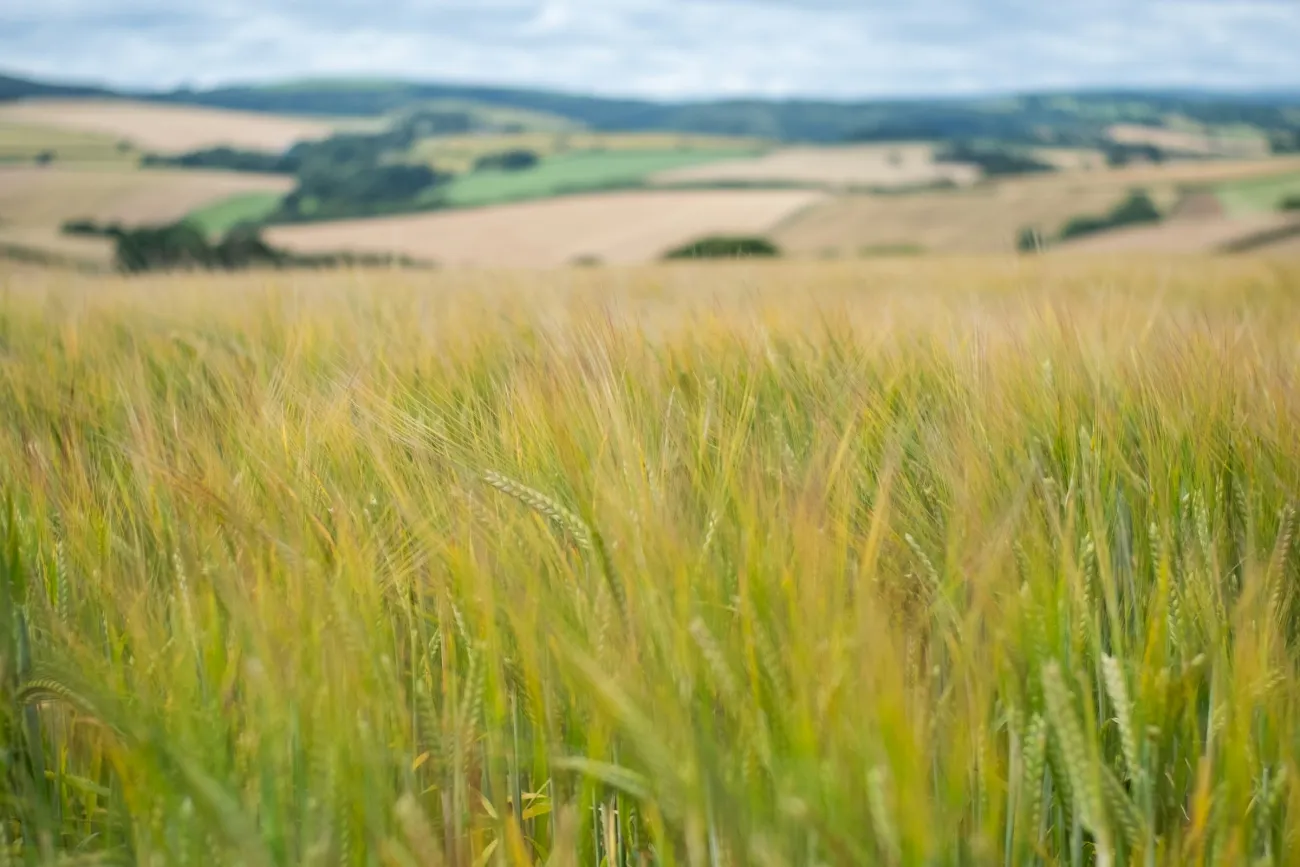This paper, co-authored by TABLE community member Hayo van der Werf, discusses which environmental issues, data, methods, formats and so on should be used in the environmental labelling of food in France. The motivation for the paper was to consider how the French government’s recent requirements to introduce environmental food labelling can provide relevant information that is feasible to gather.

The paper addresses six main questions:
- What environmental issues should be considered? The authors argue that multi-criteria life cycle assessment (LCA) should be used, since food’s impacts extend beyond just climate change. With regards to human health, pollutants are to some extent included in LCA already, but the authors note that the health impacts of exposure to pollutants (e.g. pesticide residues) through eating food are regulated by food safety regulation. To avoid potential clashes between these regulations and food labelling, the authors say that regulations should be addressed before health risks are fully integrated into food labelling.
- What objectives should be targeted? In other words, what is the point of an environmental label - to encourage changes to consumption patterns, or to induce more sustainable production practices? The authors argue that both levers of change should be used. They also discuss which functional unit should be used - mass, portion, nutrition characteristics or economic value. The authors argue that while nutritional functional units are important, using them would probably result in different types of labelling being used for different food categories, making it harder for customers to compare different food types on a like-for-like basis and choose to substitute one food type with another. They therefore recommend a standardised functional unit based on product mass.
- What data are needed, and for whom? The number of products in the French public life cycle inventory database AGRIBALYSE is limited - so to encourage consumers to switch to more sustainably produced versions of a given food type, more granular information is required. The authors call for a coherent, transparent calculation framework that can use impact data from food production companies as well as public data on packaging, product origin, etc.
- What methods for assessing environmental impacts? The European Commission has recommended using the Environmental Footprint (EF) 3.0 life cycle impact assessment method. The authors point out that this and other LCA frameworks often ignore benefits of practices such as agroecology, e.g. on-farm biodiversity. They recommend, as a first step, introducing a new “field-level biodiversity” impact category into the EF framework.
- Which environmental scores should be chosen? The EF footprint provides a single, linear score. The authors consider (but do not reach a firm conclusion on) several alternatives: expressing results as relative to other food products rather than as absolute scores; making the scale non-linear (e.g. logarithmic) so that scores fall across the whole range of values rather than primarily at the extremes; and adding or subtracting extra points based on additional criteria such as food miles.
- What label format should be proposed? Colour-coded labels have been shown to be recognised more easily than monochrome labels. The authors consider that five-level ordinal scales (e.g. ranks of A to E) may not provide enough information to let customers choose between products in the same category, if two products have similar scores. They suggest some potential improvements: using more “levels” in ordinal scale labels; supplementing an ordinal scale with a numerical score from 0 to 100; and adding a further breakdown of performance in several different environmental categories. However, they warn that providing too much information could deter consumers - hence, some information could be provided at the front of the pack, and some at the back.
Abstract
Consumers increasingly demand information about the environmental impacts of their food. The French government is in the process of introducing environmental labelling for all food products. A scientific council was set up, and its main conclusions are presented in this article, through six questions: What environmental issues should be considered? What objective should be targeted? What data are needed, and for whom? What methods for assessing environmental impacts? Which environmental scores should be chosen? What label format should be proposed? By answering these questions and considering the context, the available data, the proposed methods and adjustments, and the knowledge of consumer perception of formats, the scientific council considers that a labelling scheme is feasible and relevant.
Reference
Hélias, A., van der Werf, H.M., Soler, L.G., Aggeri, F., Dourmad, J.Y., Julia, C., Nabec, L., Pellerin, S., Ruffieux, B. and Trystram, G., 2022. Implementing environmental labelling of food products in France. The International Journal of Life Cycle Assessment, pp.1-6.
Read the full paper here. See also the TABLE explainer Environmental impacts of food: an introduction to LCA.




Comments (0)